The Emissions Compliance Corner
The blog of Kate Schrøder Jensen, Regulatory Affairs Specialist
Welcome to the expert blog of Kate Schrøder Jensen, Alfa Laval’s specialist in emissions regulations and liaison with MARPOL.
“Here I cut through the confusion and rumours about fuel sulphur limits, exhaust gas cleaning, scrubber technology and more. Emissions legislation is complex, but the main question is simple: how does this affect me?”
Hear more of Kate’s thoughts in this video introduction.
Can’t find an answer in existing posts? Ask your own question below.
Decisions on emissions at MEPC 78
07-07-2022: The 78th MEPC meeting took place 6–10 June 2022, this time as a virtual event. Many topics were discussed, but in this blog post I’ll highlight the most important developments related to emissions compliance.
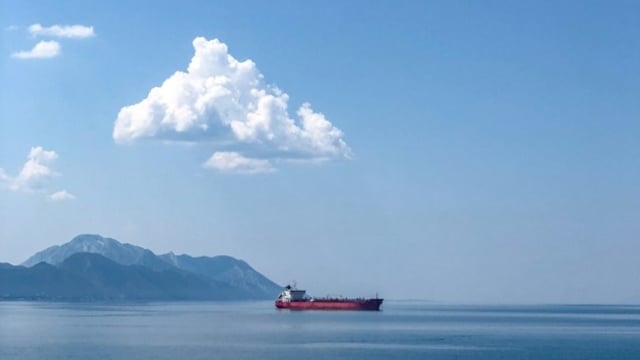
EEXI and CII – what you need to know
23-03-2022: Let me start this post with a small caveat: I am not an expert on the regulation of energy efficiency on ships. This type of regulation has been around since 2012, so technically I’ve had the time to learn. However, it first became a priority when it began to cross over into my own focus on emissions.
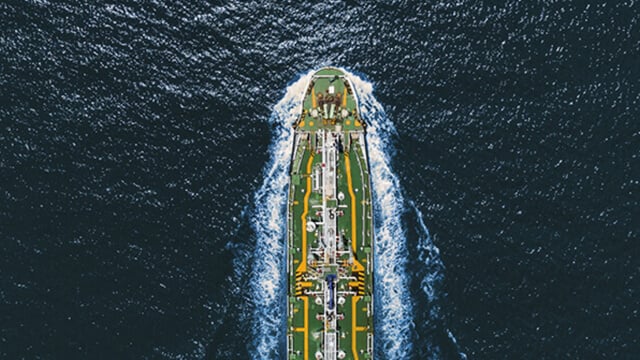
CE Delft study on CO2 emissions
17-02-2020: A report issued in August by CE Delft, details a new study named “Comparison of CO2 emissions of MARPOL Annex VI compliance options in 2020”, which I will nickname the “WtW study” in reference to its well-to-wake scope. In my new blog I examine the study.
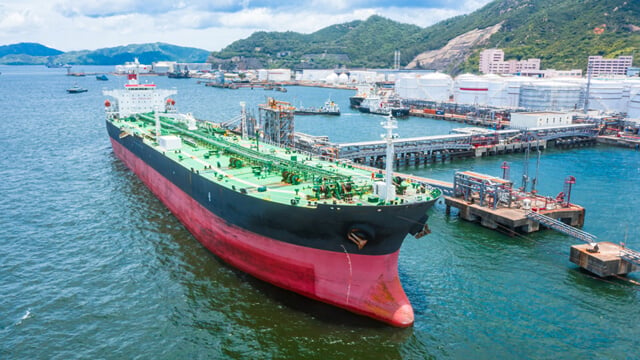
The upcoming PPR meeting at IMO
12-02-2020: Next week, IMO’s PPR (Pollution Prevention and Response) subcommittee will have their 7th meeting (PPR 7). The plan for this meeting is to revise the 2015 EGC guidelines. This task has been in the pipeline for the last two years, but more pressing matters such as “IMO 2020” (the global sulphur cap) have led to constant postponements.
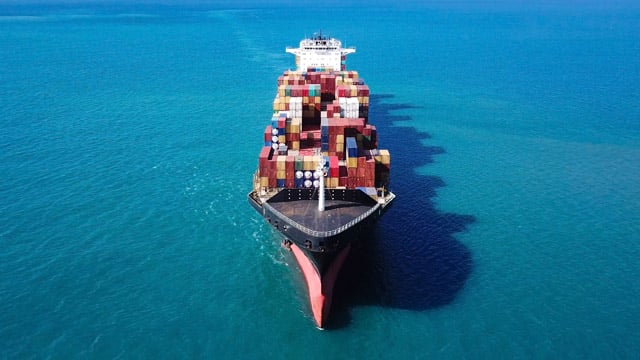
Do inert gas systems need to comply with EGCS water quality requirements?
16-01-2020: The question above is asked very frequently, and it still has no definitive answer. Let’s look at why the water quality rules for an exhaust gas cleaning system (ECGS) might – or might not – apply to an inert gas system.
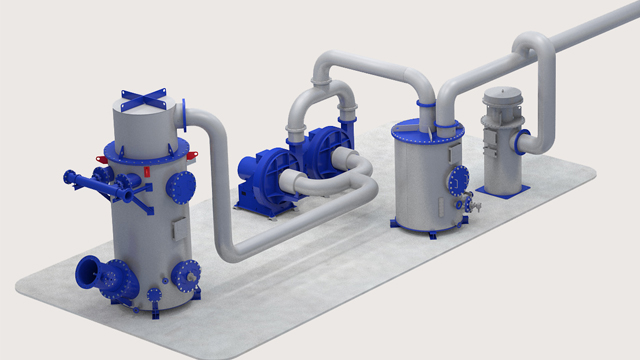
Out of compliance – new guidance explains the implications
06-12-2019: In May of this year, new guidance was approved by IMO’s Marine Environment Protection Committee (MEPC) and circulated as MEPC.1/Circ.883.
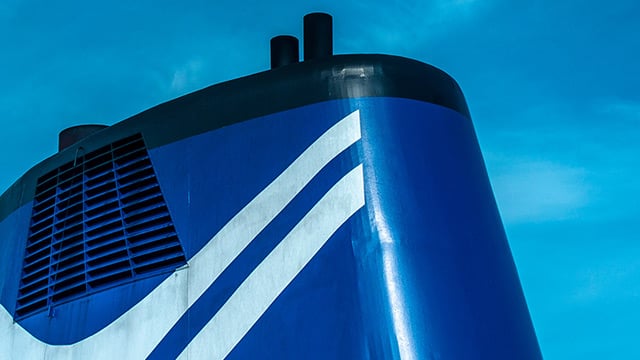
MEPC 77 – the outcome for Exhaust Gas Cleaning Systems
16-12-2021: Many things were discussed at MEPC 77, including greenhouse gas emissions, black carbon, plastic litter and ballast water. In this blog, however, I’ll highlight the topics that are of interest to exhaust gas cleaning systems.
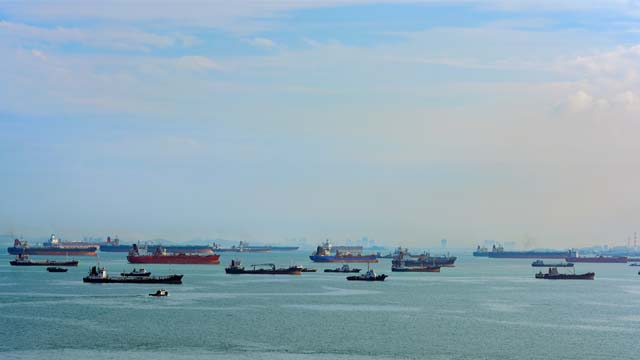
Progress on black carbon (BC) and solutions for combatting it
26-05-2021: Late in March, IMO’s Pollution Prevention and Response (PPR) sub-committee held its 8th meeting. This was yet another crossroads for the discussion on black carbon (BC), hinging on the question of what to do next.
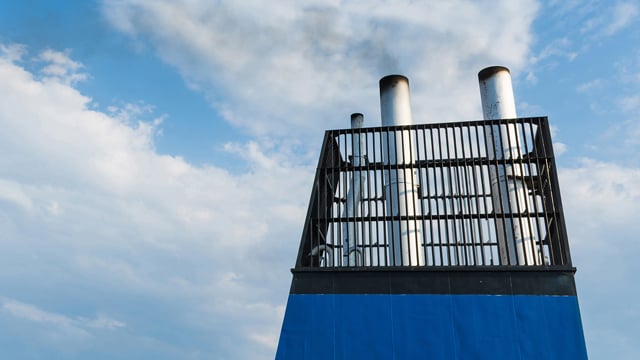
Concluisions MEPC 75
31-03-2021: During MEPC 75, all work related to EGCS was postponed. What was concluded during this meeting? And what will be discussed during MEPC 76? I give my thoughts in this blog.

PAH and scrubbers – part one
05-05-2020: In my last blog post, I touched upon how the draft EGCS Guidelines now define the PAH monitoring methodology. I also wrote that PAH as a regulatory substance for scrubbers can be difficult to comprehend. So, in this blog post I’d like to clear up some of the PAH mystery.
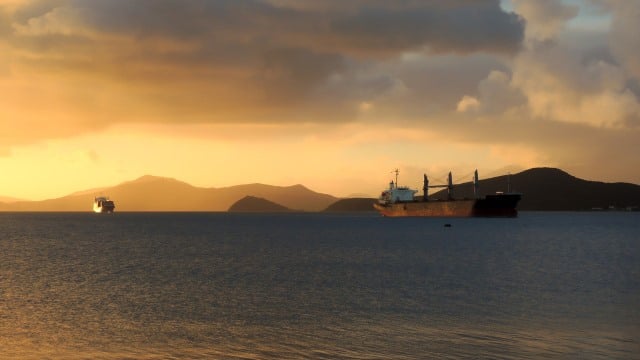
The outcome of the PPR meeting in February 2020
25-03-2020: It’s been about a month since the PPR (Pollution Prevention and Response) meeting in London. What, then, is the verdict from a scrubber manufacturer perspective? Or are you more interested in what impact the agreed outcome will have on shipowners?
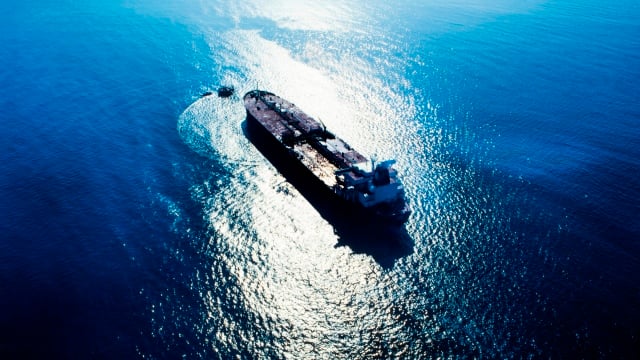
China’s Domestic ECAs and new discharge water rules
06-11-2019: Since 2015, China has slowly expanded what it calls the Chinese Domestic ECAs, where ECA is short for Emission Control Area. These ECAs should not be confused with the ECAs defined by IMO.
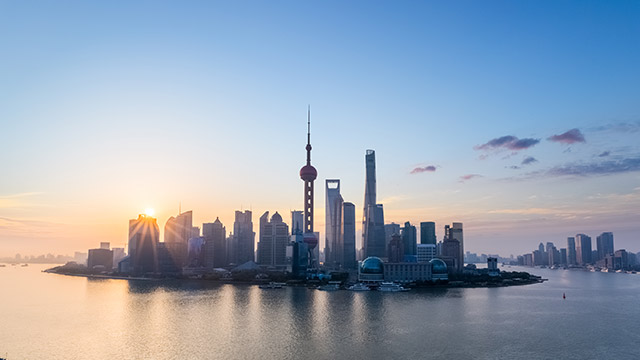
Enforcement of the 2020 global sulphur cap
24-09-2019: The 2020 global sulphur cap is just around the corner. In various other corners, I hear a lot of discussion: how it is even possible to enforce this regulation?
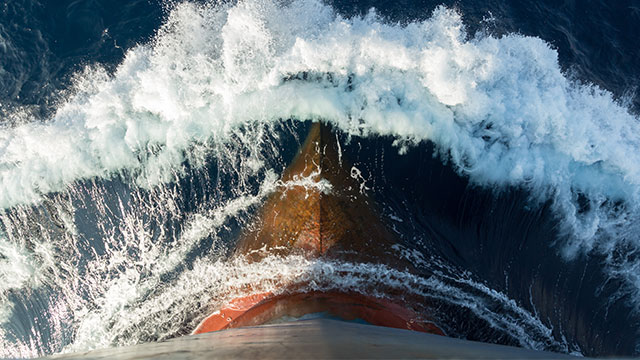
Scrubber sludge from ship to shore
10-09-2019: Describing scrubber sludge as a substance explains that scrubber sludge comes in wide range of viscosities depending on the cleaning equipment installed on board. The majority of ship owners prefer to be able to pump the sludge from ship to shore. The other alternative is to truck/lift it from the ship.
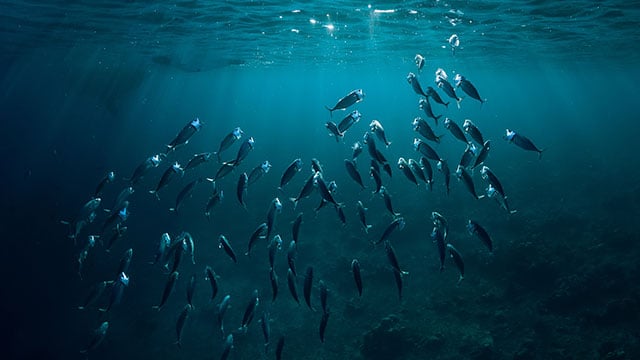
Scrubber sludge – what is it?
10-09-2019: From an Alfa Laval point of view, scrubber sludge is waste collected during scrubber operation in closed-loop mode. For other suppliers, it can also be a substance collected during open-loop operation. But this post is written from our perspective on the world.

